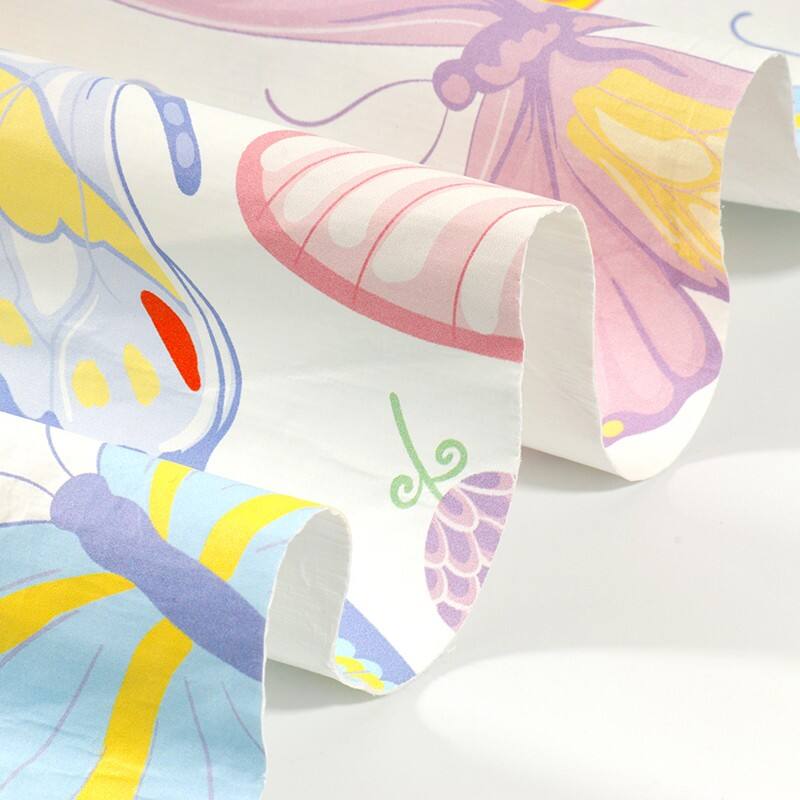plain rayon fabric price
Plain rayon fabric price considerations encompass various factors that influence market value and consumer decisions. This versatile textile, derived from regenerated cellulose fibers, offers a cost-effective solution for both manufacturers and end-users. The pricing structure typically reflects the manufacturing process, quality grade, and market demand. Entry-level plain rayon fabrics start at competitive price points, making them accessible for small-scale projects and bulk purchases alike. Premium grades, featuring enhanced durability and finish quality, command higher prices but deliver superior performance and longevity. Market fluctuations in raw material costs, production volumes, and seasonal demand patterns contribute to price variations. Modern manufacturing technologies have streamlined production processes, helping maintain stable pricing while improving quality standards. The fabric's inherent characteristics, including excellent drape, breathability, and comfort, justify its price positioning in the textile market. Bulk purchases often qualify for significant discounts, making plain rayon fabric an economical choice for large-scale manufacturing operations. The price-to-performance ratio remains favorable compared to natural fibers, particularly when considering factors such as maintenance requirements and durability. Recent innovations in production methods have introduced cost efficiencies without compromising the fabric's essential qualities, ensuring competitive pricing in the global textile market.


